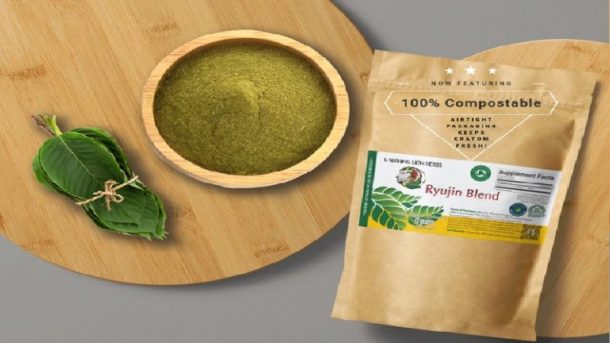Hypodermic needles are in common usage. First invented in 1853, it has developed from being a novelty to an essential part of medical procedures. Currently, needles come in a variety of sizes – both length and gauge. These two combined create the perfect hypodermic needle for a variety of medical applications.
Keeping Definitions Straight
Hypodermic needles are a part of a syringe. Although the two terms can be used synonymously, a syringe is also used to indicate the entire device used to provide injections, deliver drugs or food to the body. Technically, a syringe consists of the following parts:
- The Barrel: This contains the liquid medication or holds the fluid withdrawn from the body or elsewhere. The volume amounts for the fluid are marked on the exterior of the barrel to provide specific guidelines on the amount of material the container can hold and how much to inject or withdraw
- The Plunger: Used to suck in or push out the bodily fluids or medication
- The Needle: This is also known as a syringe, a hypodermic needle, a medical needle etc. It is the means through which the fluid enters and leaves the body into the syringe
Basic Characteristics of a Hypodermic Needle
Although the use of some form of internal injection is noted in 1670, hypodermic needles as such did not come into existence as such until the 19th century. Two men are responsible for the invention of the hypodermic needle. They are Alexander Wood (1817-1884) a doctor working in England and Charles Gabriel Pravaz (1791-1853) a physician in France. Their invention did not resemble what is currently on the market and in usage today. Both of these needles were used to apply opiates to the source of pain. Both had one necessary characteristics common to all modern hypodermic needles today – they were hollow.
After this timely invention, hypos have become widely distributed and used. Injections using a hypodermic needle are estimated to be around 16 billion globally. These needles keep evolving becoming smaller and finer as the need for painless delivery of medication and fluid withdrawal becomes necessary. The result has been micro needles that combine with the latest electronics employ medication into the skin while bypassing the nerves. These, however, are not useful for deep injections.
While needles are all hollow, as noted above, size differs. The gauge and length distinguish the purpose and capability of each hypodermic needle. The most commonly employed gauges are 23-25 for those individuals who inject their own units of insulin. 10-gauge is another common size.
When it comes to the hypodermic needle, it has one thing in common with its early predecessors. It is hollow. As such, when combined with the syringe, it provides the ideal vehicle for removing fluids and injecting medication. Having the right Hypodermic Needle for the job is important. At Bulk Syringes, we can provide you with choice.



